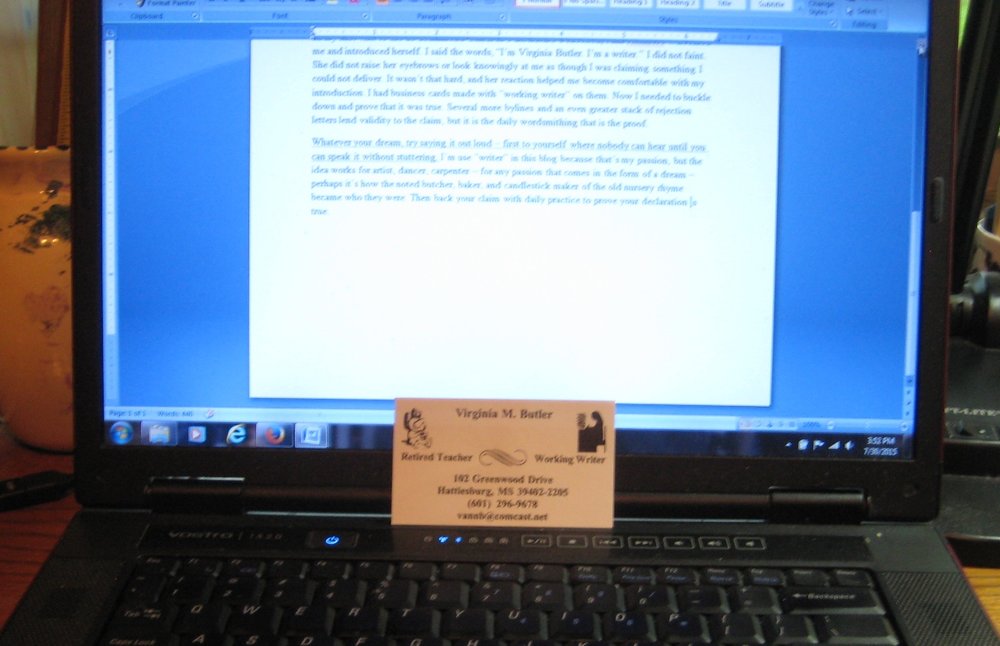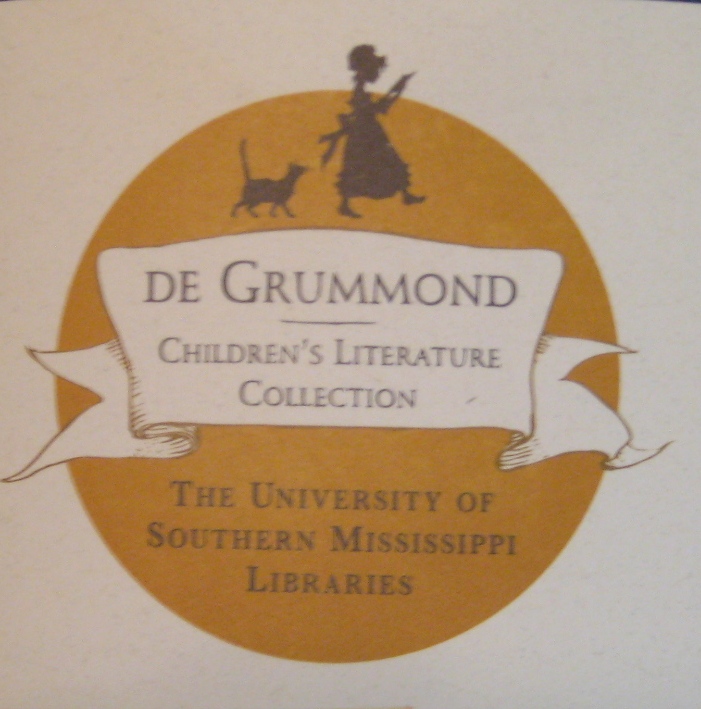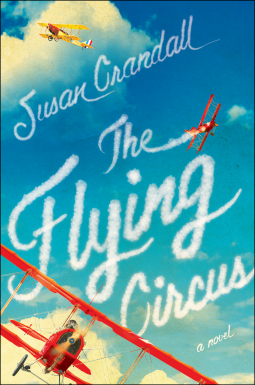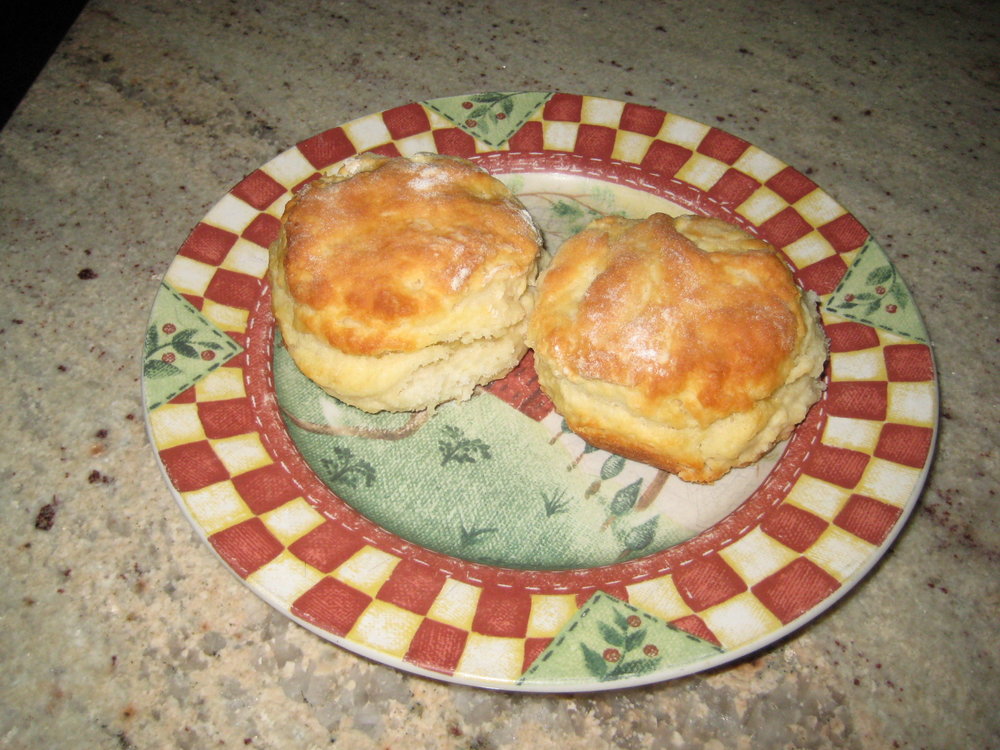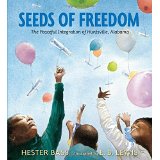 Offer of an advance reading copy of a book by Louis Sachar? I thought of my daughter’s accounts of reading his Sideways Stories from Wayside School to her class and my own love of Holes, which matched or maybe even exceeded that of the ALA Committee that gave it the Newbery Award. There could be only one answer.
Offer of an advance reading copy of a book by Louis Sachar? I thought of my daughter’s accounts of reading his Sideways Stories from Wayside School to her class and my own love of Holes, which matched or maybe even exceeded that of the ALA Committee that gave it the Newbery Award. There could be only one answer.
Let’s just say to start with, it was a good thing I did not have a pending deadline of any sort when I started Fuzzy Mud. Once those ergonyms began to multiply and I could see where they were going by the periodic pair of “times two” examples that kept going ever higher, my fear kept me turning pages. This out-of-control microscopic life soon displaced my concern for Tamaya and Marshall as the bully Chad came for them. Let’s just say it replaced theirs as well.
Interspersed with the danger to Tamaya, Marshall, and Chad as the threat of the rapidly growing ergonyms supersedes their own conflict, is a Senate hearing that takes place after the episode is complete. Hints of what actually occurred increased my suspense. I neared the end of the book feeling that a satisfying ending was impossible.
While the book is labeled for third through fifth grades, it contains much fodder for discussion beyond people of that age on bullying and whether one should look for the reasons behind the bully’s behavior; how much scientific risk is too much in order to make life better; how responsible we need to be for the environment; and the math lesson that threads its way through the book as the ergonyms double.
If I were using the book as the read-aloud for which it is ideally suited, I would add another chase to the class to find the origin of the expression Louis Sacher uses in “Hobson’s Choice.” Bothered by the definition given in the hearing by the senator, I started searching dictionaries and found those that agreed with the original meaning that I knew (a choice that is only “take it or leave it”) for quite a while before I found one with a secondary meaning (a choice with only two bad results) as it is used in the book. I would hope a rousing discussion would ensue about the appropriateness of change in the English language and the responsibility of writers to use language well.
My final verdict includes my own mental pondering as its questions took a hold like an ear worm long after I closed the book and a hope that classes of middle-schoolers will read it and discuss issues that mirror their own.

